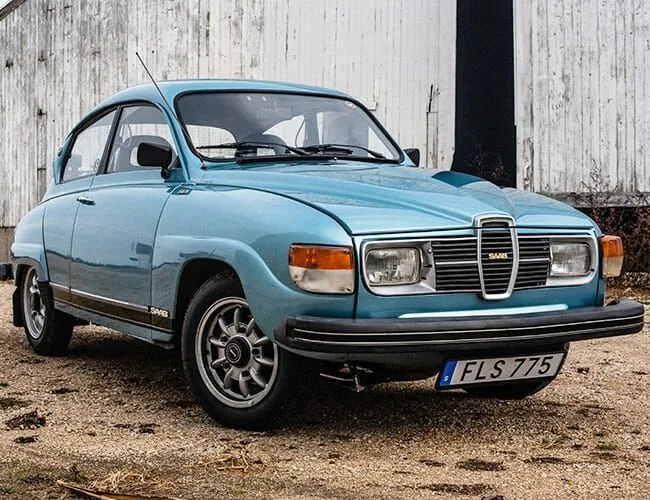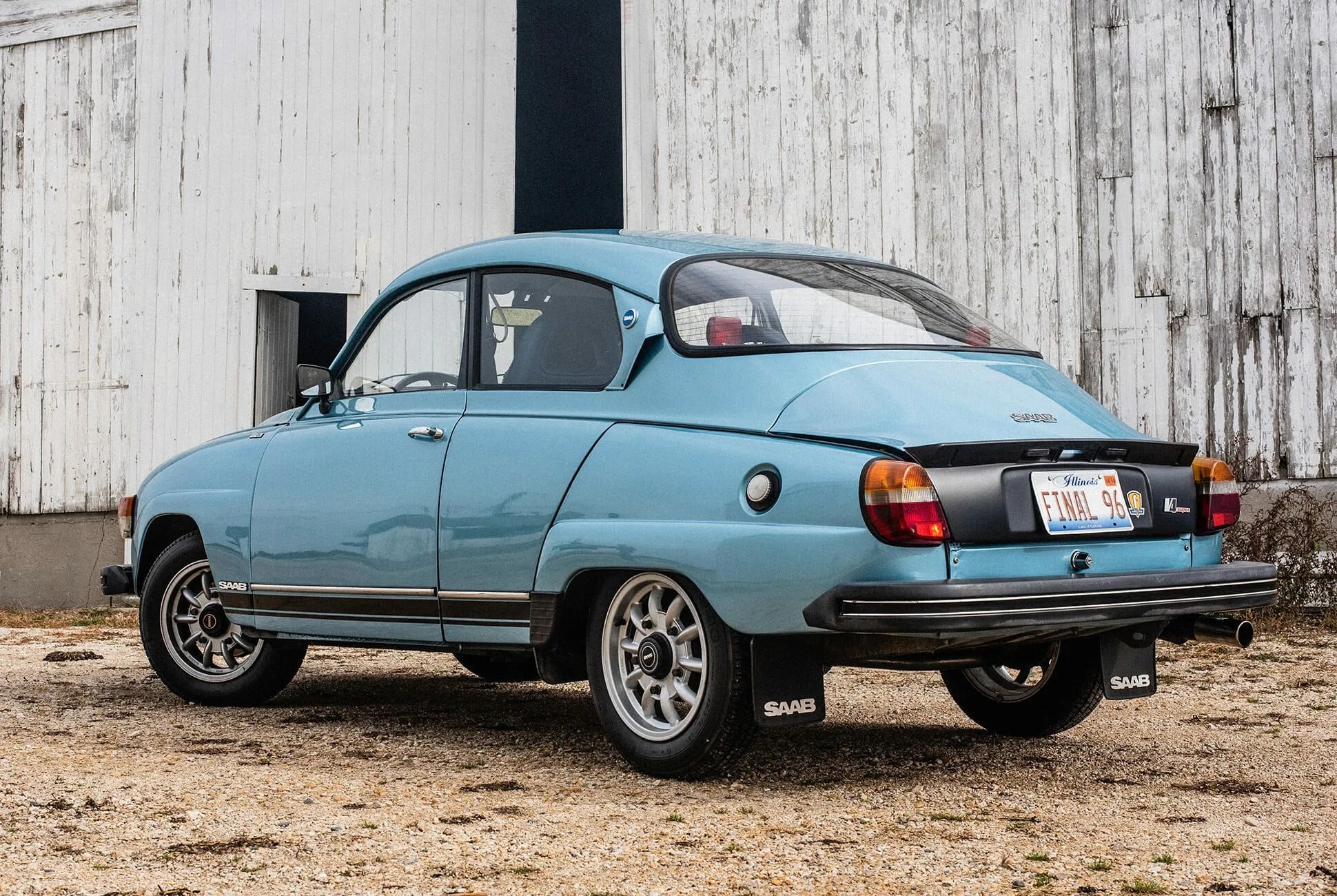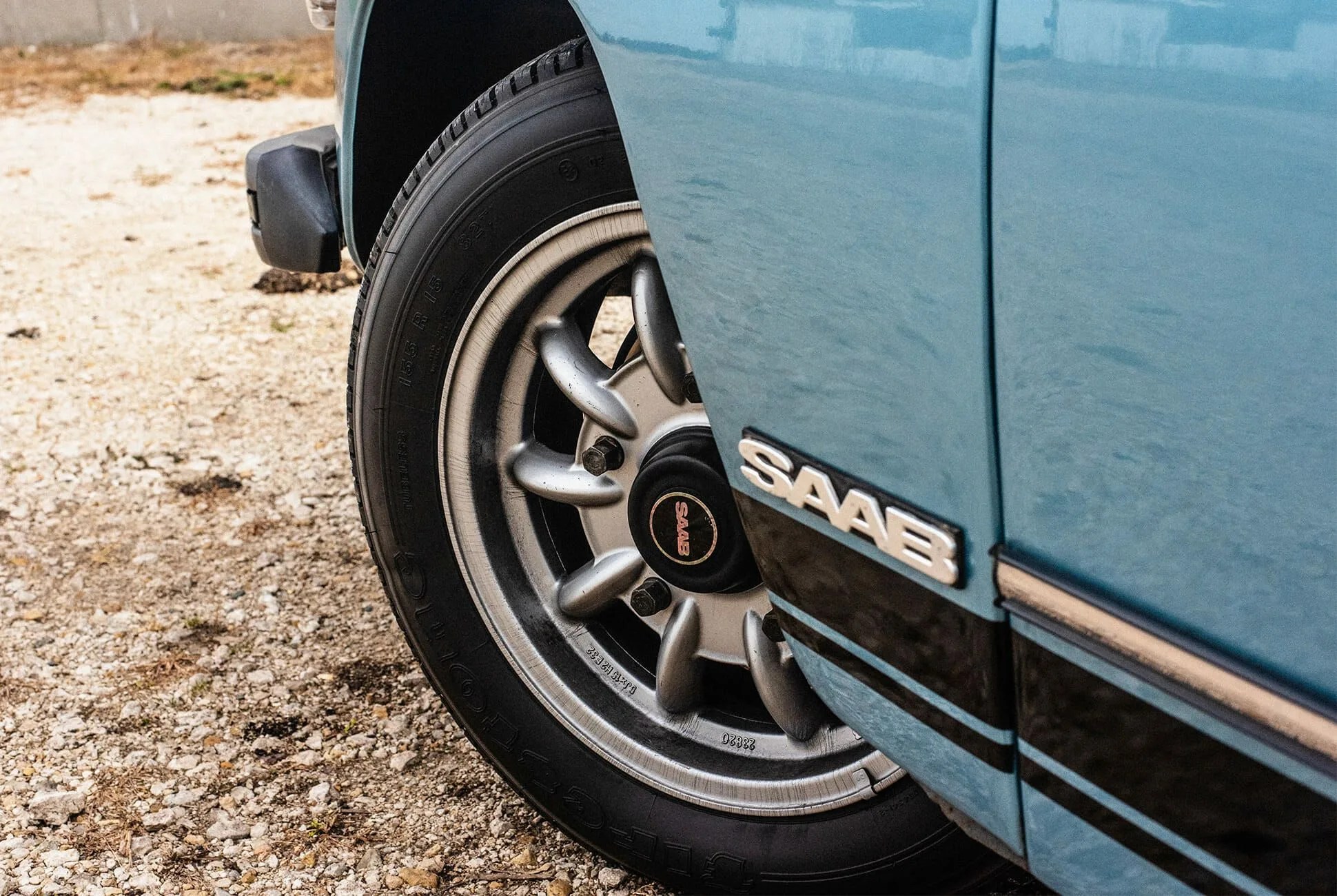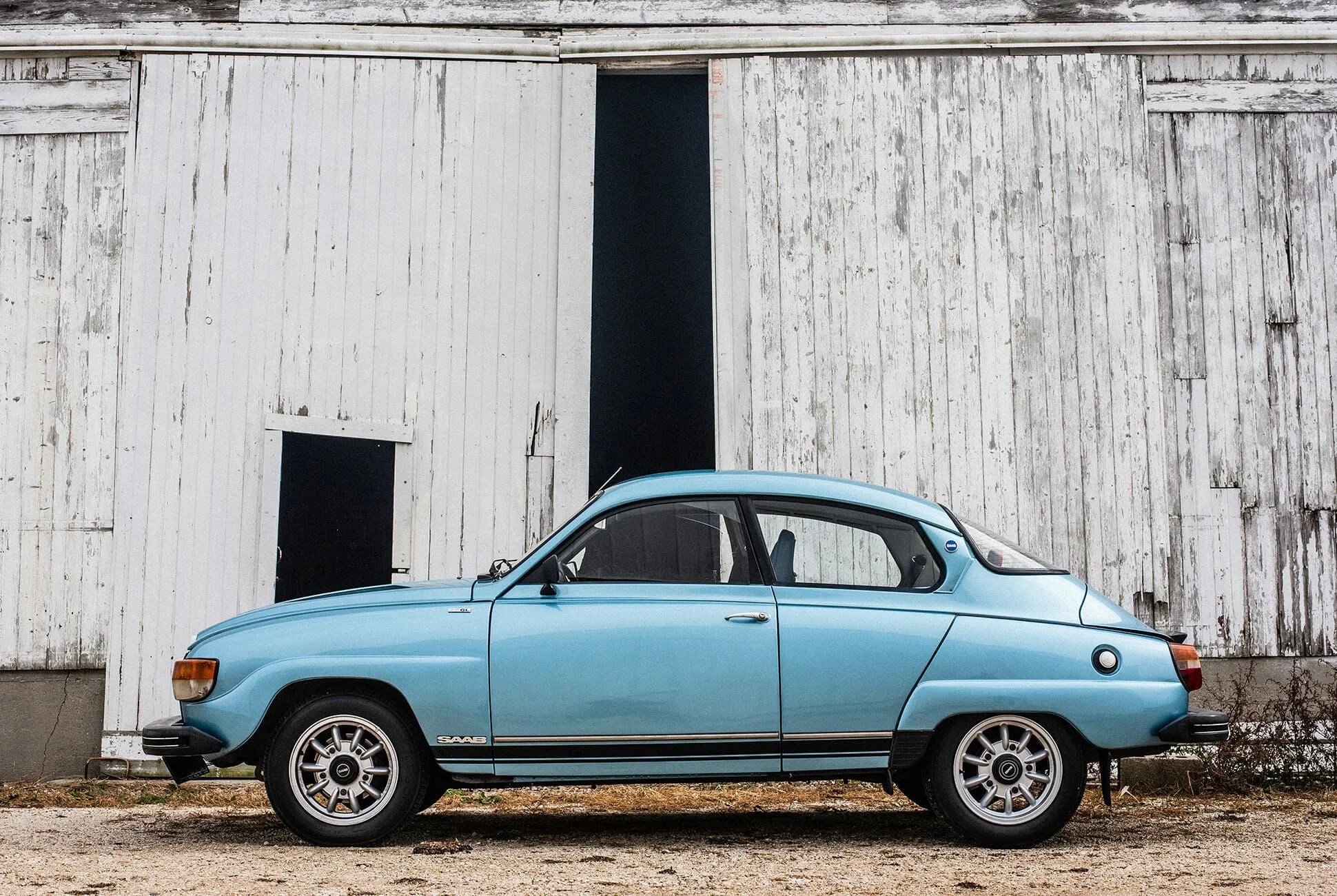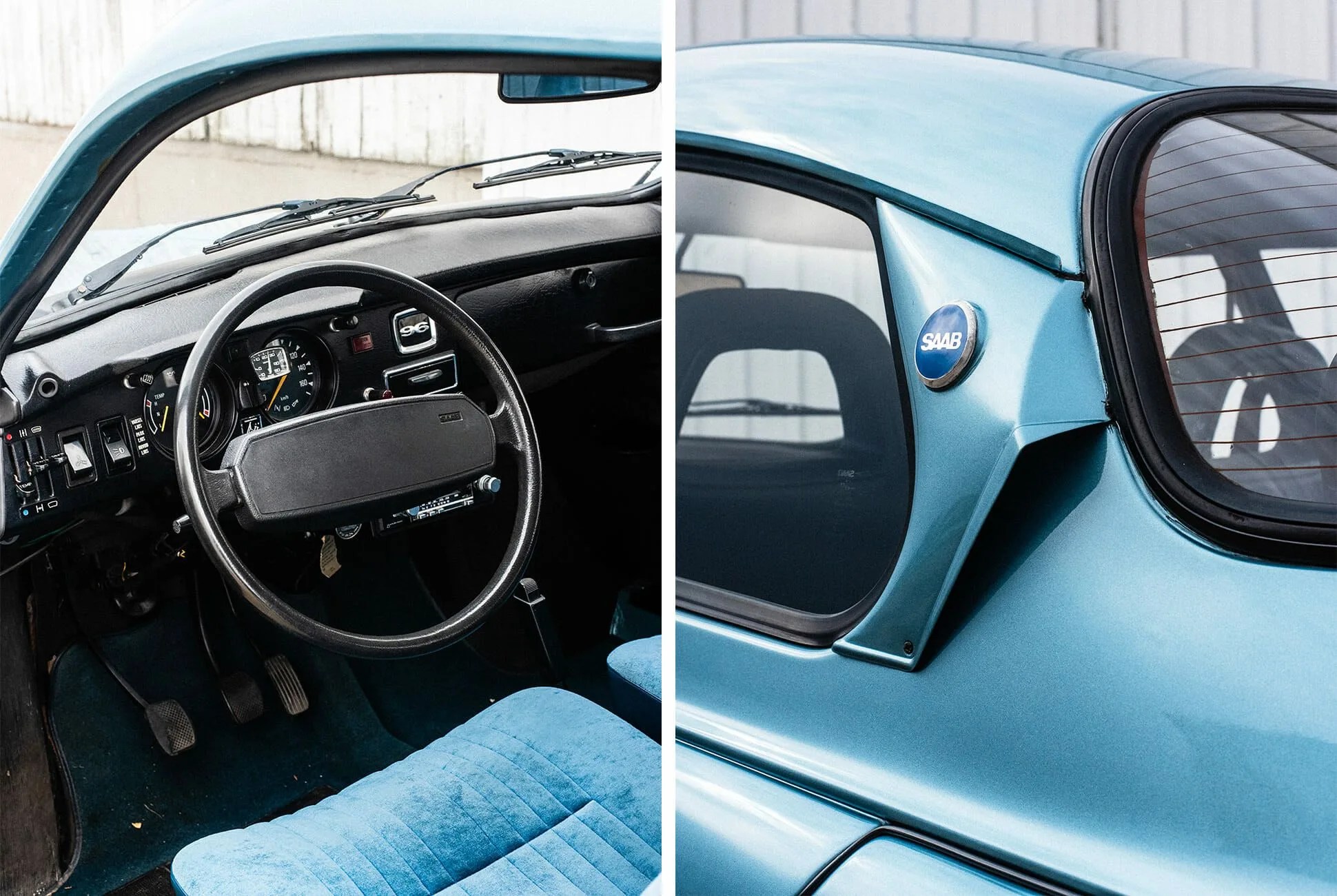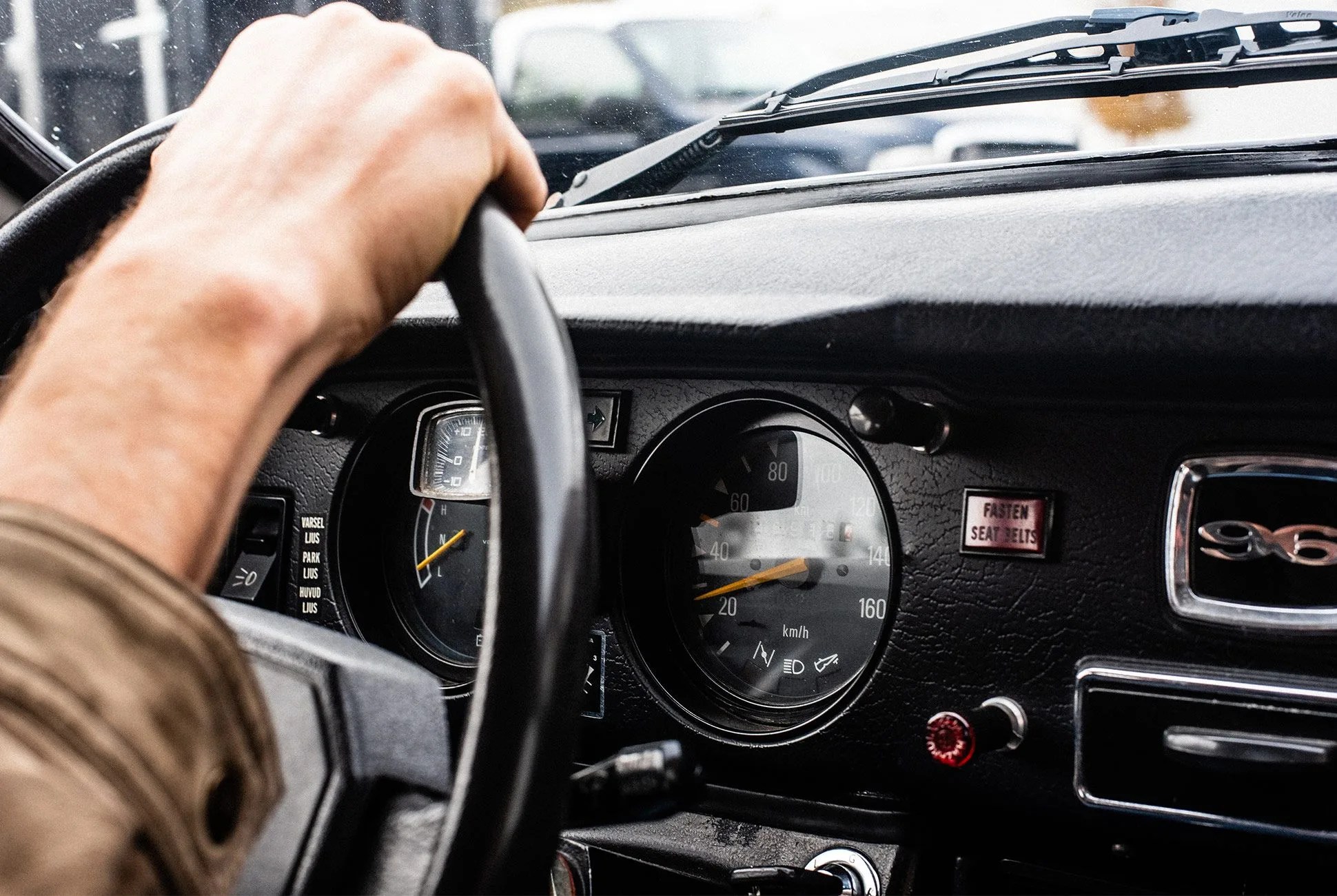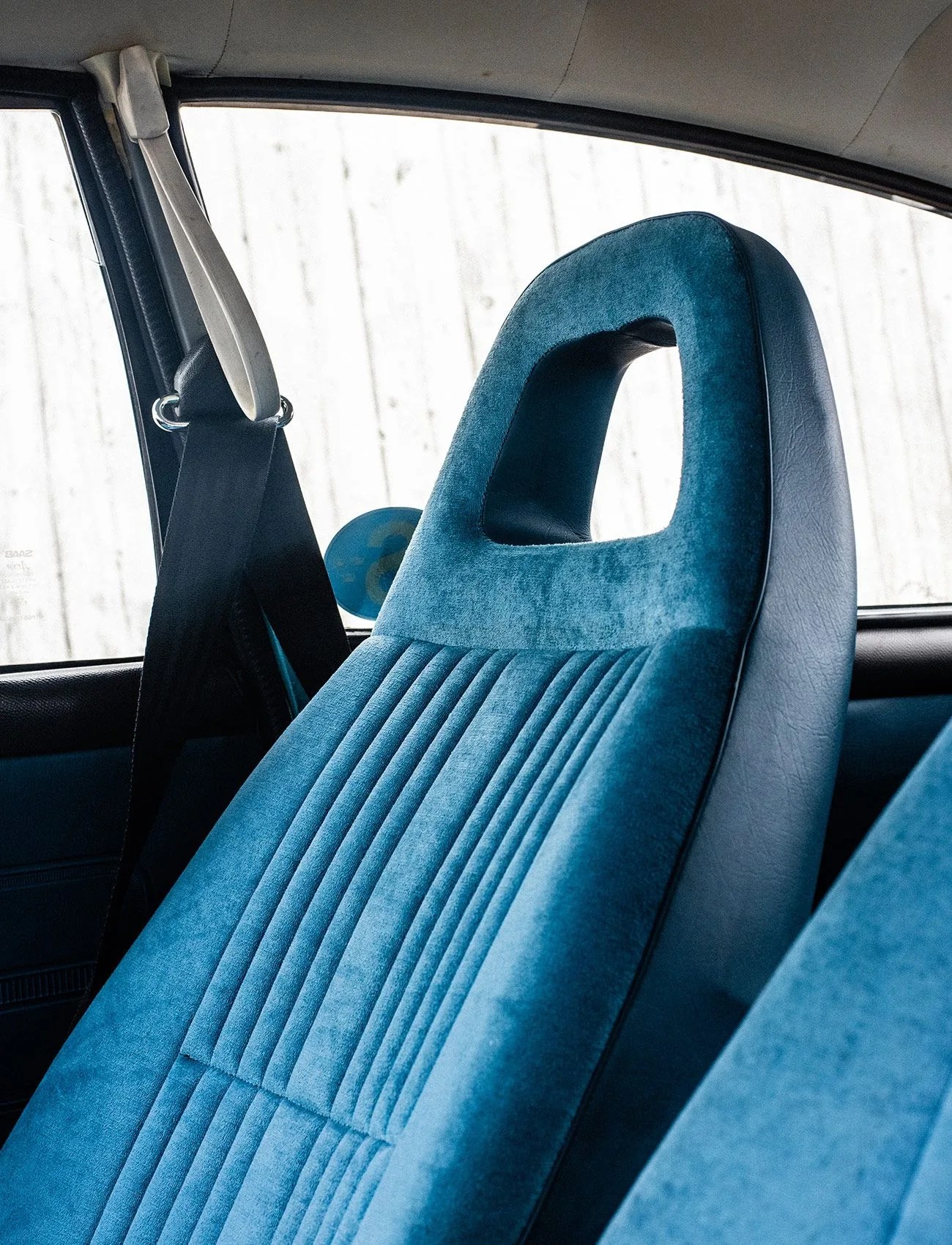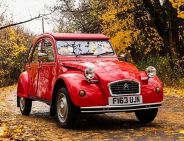7 photos
If you were to spectate a European rally event during the early 1960s, you’d have heard the distinct buzzing, brapping yelp of a certain two-stroke engine bouncing off the hills and trees and echoing through the valleys. The source of the ruckus: a round, teardrop-shaped coupe from a then-obscure little automaker called Saab. The car was called the 96, and the driver was Erik Carlesson, a “moon-faced, 250-lb Swede” (Autoweek’s words, not mine) with an exuberant driving style. The pairing was unorthodox but successful: Carlesson and the 96 won a number of notable rallies, including multiple first-place finishes at the Rally Monte Carlo and RAC Rally in Wales.
Technically speaking, the 96 was not Saab’s first car; it wasn’t even it’s second (that’d be the 93). But the 96 and its rally wins helped put the emerging automaker on the map. But its roots can be traced to the airplane builder’s foray into the automotive industry, the 92. The 92 was far from a smashing success when it initially debuted in 1950, but it did provide the Saab brand a unique and impressive platform on which to build. It featured a three-cylinder two-stroke engine, a front-wheel-drive (thus relatively spacious) layout and an aerodynamic body formed with the assistance of a wind tunnel, at that time a technology mostly reserved for airplane manufacturing.
Like the 93 before it, the 96 was an update on that original 92 platform, this time to the tune of updated mechanicals, a bigger engine and styling tweaks. Most notably, the early version of the 96 received a larger two-stroke engine which was eventually replaced by a four-stroke V4 in 1966. And while the 92 and 93 sold in the tens of thousands of short productions runs, the 96 saw much more success: it stuck around for 20 years after its debut in 1960, and Saab managed to move over half a million units.
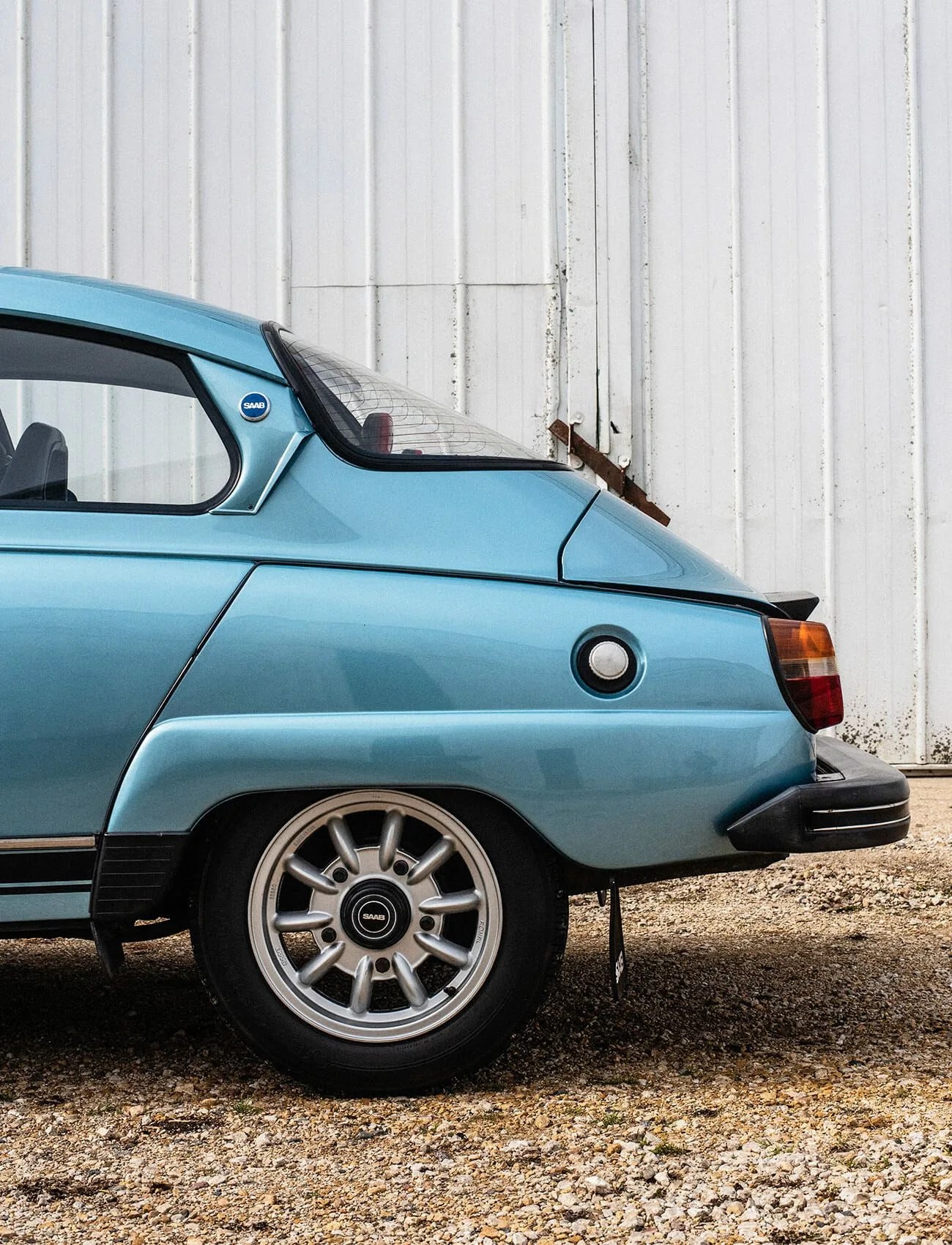
Of those hundreds of thousands of 96s, the one pictured here, which I drove, is one of the very last examples ever made. In 1980, the 96’s last year of production, Saab ended on a high-note, introducing a special model called “Jubileum,” which consisted of 300 limited-run models that were specified identically, but all to perfection. The mechanicals were no different compared to the regular 96 — its 68-horsepower V4 engine and four-speed manual remained — but the car received a brilliant powder blue paint job, special alloy wheels, special trim and upgraded blue seats, basically taken from the Saab 99.
It’s about as obscure a car as you could possibly get, but for Saab enthusiasts, it’s a grail-tier car. Marc Vernon, who owns this model, has owned a total of 11 in his lifetime; given that the 96 was not imported to the U.S. after 1973, its presence here in Chicago is all the more remarkable. Vernon had been on the hunt for a late model 96 from Europe when he came across a Jubileum for sale on “a sort of Swedish Craigslist.” According to Vernon, the seller responded to an email inquiry two weeks later to say that specific car had sold but that, as luck would have it, he had another Jubileum for sale. After a ten-month buying, inspecting and importing process, the car arrived at Vernon’s door.
